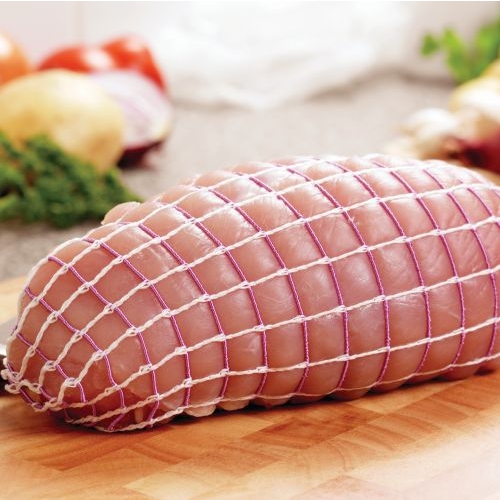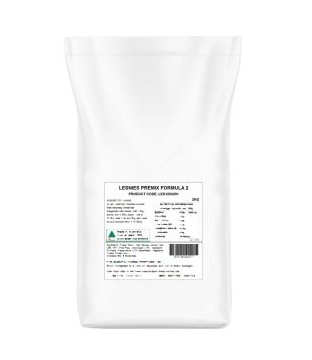
There is an undeniable art to making salami and smallgoods. Whether you are a butcher making them for your customers, or selling the ingredients for your customers to make for themselves – it is a long and involved process.
This method of curing meat is one the oldest, pre-dating ancient Rome. It’s original Latin name Salumen, literally meant ‘combined salted meats’. Interestingly, it is one of the few ‘cooking’ processes that remains predominately in the domain of the male. Maybe because of the very physical nature involved in some of the steps.
Historically, salami was popular throughout Southern, Eastern, and Central Europe. Today, many of us associate salami with Italian cuisine, as it arrived on our shores during the post-WWII era with the new Italian immigrants. Many salamis were, and are, still made to a traditional and often secret ‘family recipe’.
The meat is chopped or ground, and a cure and spices are added. The meat cure is integrated fully with the meat, not applied to the surface, thus the meat needs to be minced or finely chopped to allow the cure to effectively work. The filling goes into the casing and is over-filled, then the excess water and air is squeezed out. From here the sausage can be hung to ferment or (cold) smoked, allowing it to dry over a period of time during the winter months. The resulting sausage does not need to be cooked.
Here are some of the most popular salamis available today:
- Capicola: made from the neck of the pig, it is usually smoked with spices, herbs and sometimes wine is added.
- Chorizo: hailing from the Spain / Portugal region, this is a much spicier version of the traditional Italian salami. Using pork with paprika, cumin, chilli, black pepper, garlic.
- Mettwurst: actually a German-style salami, usually partially cooked using wood-smoking method.
- Pepperoni: an American-style salami made from cured pork and beef, seasoned with paprika or chilli.
- Napolitano: from the Naples region, this pork is heavily spiced with red and black pepper. Garlic, salt and white wine is added.
- Salami: traditionally made using pork and veal, with garlic pepper and red wine for seasoning.
- Soppressa: usually made with pork meats and seasoned with a variety of herbs and spices.
Here is a list of Salami Festivals are around Australia:
- Victorian Salami Festival – https://www.dalzotto.com.au/victorian-salami-festival-2024
- Griffith NSW – https://atasteofitalygriffith.com.au/
- Murray River NSW – https://www.visitnsw.com/destinations/country-nsw/the-murray/balranald/events/the-great-murray-river-salami-festival










